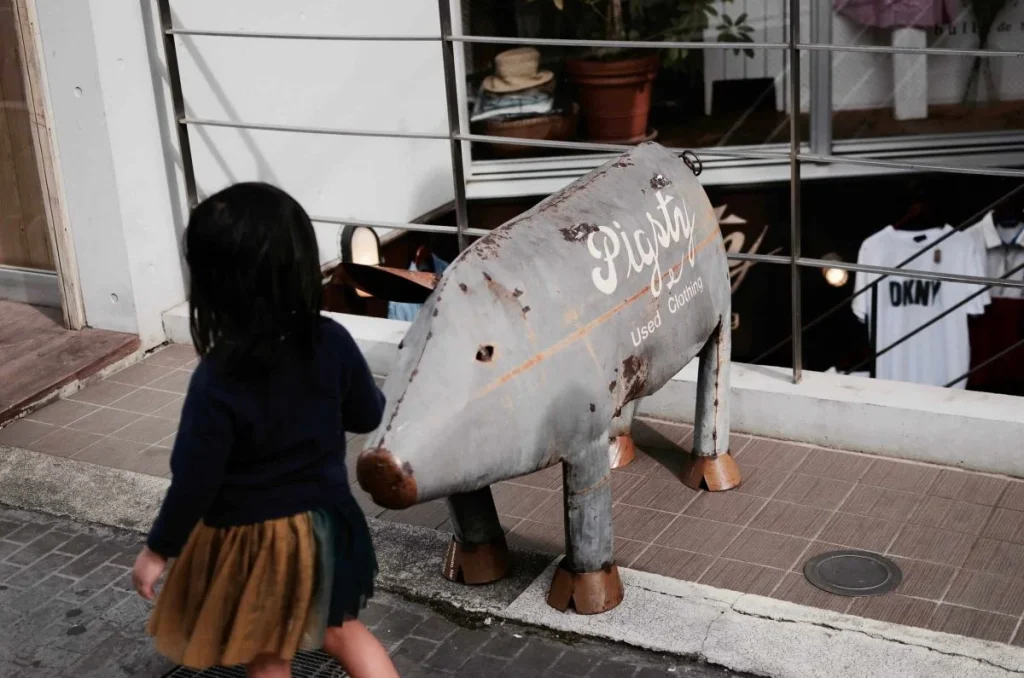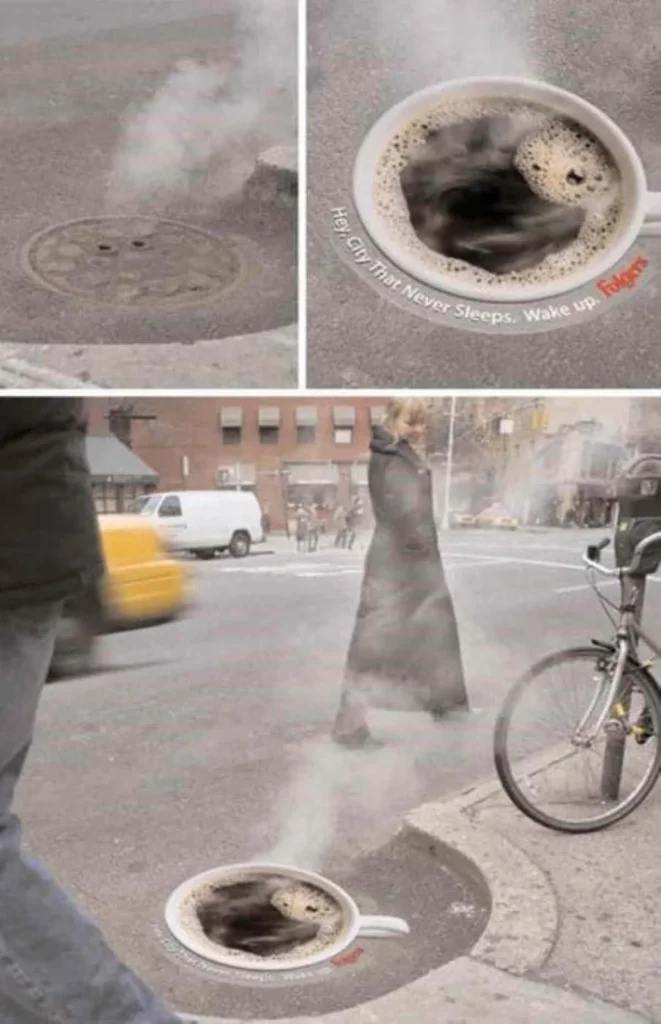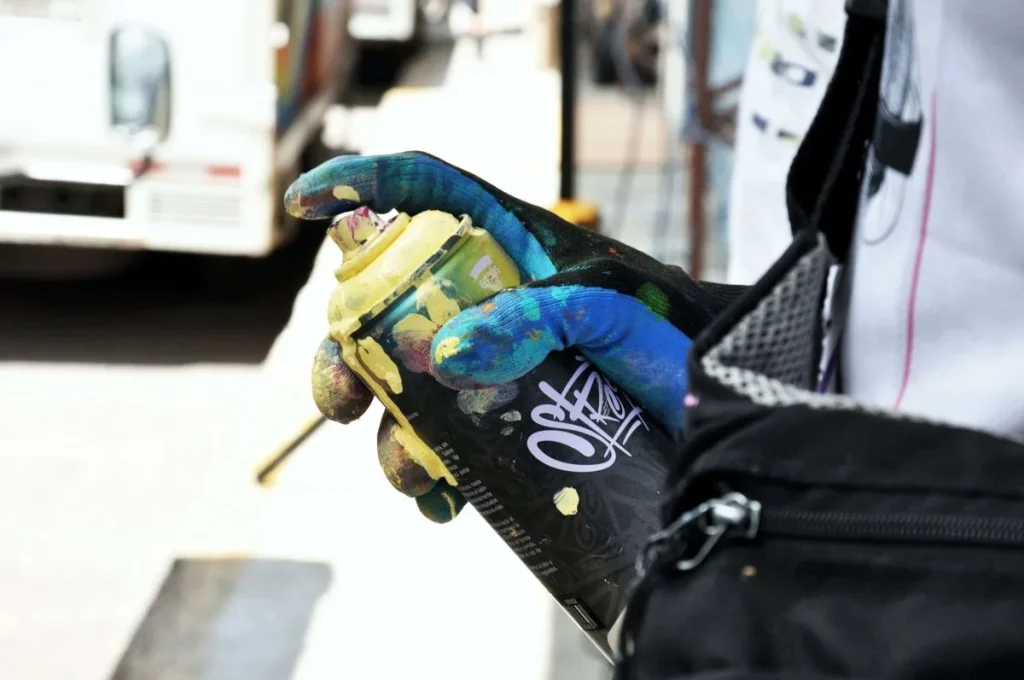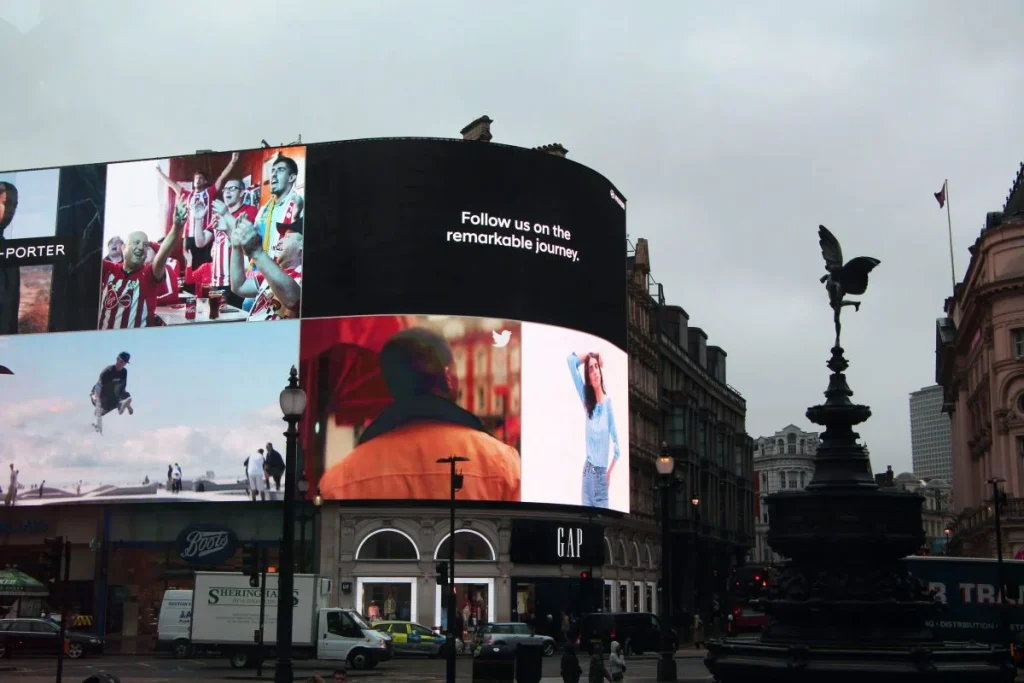BREAKING NEWS: MOA Globe is missing.
False alarm. It wasn’t. But a lot of people were fooled by this tactic. You might’ve even stopped browsing online for a house and lot for sale just to look at what the buzz is all about.
Rest assured, the strategy of MOA worked. The topic trended and they made headlines and breaking news in some of the largest news networks. It even got a celebrity like Donnalyn Bartolome to drive to MOA just to confirm if the globe is missing.
In case you didn’t know, this type of advertising strategy is called guerilla marketing, and it might just be your business’ next tactic. Read on to find out more about this viral-inducing technique.
What Is Guerilla Marketing?
Guerilla marketing is a type of marketing strategy where a company uses unconventional techniques where they use surprises to promote their product or service. It’s a type of publicity tactic that is different from other traditional marketing techniques because it often relies on personal interaction and focuses on promoters to “get the word out” in a particular location instead of paid media campaigns.

The main goal of this strategy is to cause any form of emotional reaction from the people so that they will easily remember the product, service, or brand since they discovered it in a different way than they’re used to.
It aims to cause a buzz by creating a memorable experience and making people talk about the brand, which, by the way, is loads cheaper than paying for a full-blown ad, complete with commercials, billboards, and other traditional marketing media.
Aside from the MOA globe “incident,” other examples include the Trese advertisements by Netflix and the weird commercials of RC Cola.
So, it’s basically a strategy where you use an “in-your-face” type of promotion that can spread through viral marketing (which is basically free if you do it right).
However, it doesn’t fit well for all types of products or services, and it’s more often used to target a younger demographic because they’re more likely to have a positive response to the buzz. So, say you’re planning on putting your house and lot for sale, this may not be the marketing strategy you should use.
Different Types of Guerrilla Marketing
There are numerous types of guerilla marketing: Viral, stealth, ambush, ambient, projection advertising, astroturfing, wild posting, street, pop-up retail, and more. We’ll show you what some of them mean so you can find out if one of them is suitable for your business or if you want to put a house and lot for sale.
Viral Marketing

Viral marketing is a technique where a brand seeks to spread information about its product or service by word of mouth or sharing through the internet or social media. Its goal is to inspire its target market to share its message with their friends, family, and other people.
Unfortunately, while some campaigns do trigger virality, almost nobody really knows exactly what will go viral or flop. So it’s still pretty much a hit-or-miss area in marketing and involves an in-depth understanding of the target market, which is why not all companies attempt to do it.
When done correctly, viral marketing can increase your company’s reach and customer base. Hence, making it worth the risk for some companies.
Stealth Marketing
Stealth marketing, also called “undercover” marketing, is a type of strategy where a company promotes its product or services in a subtle or hidden way so that the target market won’t realize that it’s a marketing ploy. From the word “stealth,” stealth marketing refers to an advertising strategy that is less obvious, while still using unconventional tactics.
It can be done in many ways and in numerous platforms. In social media, an example could be hashtags, comments, or discussions about a product. However, keep in mind that the environment where you conduct stealth marketing plays a vital role in tickling the curiosity of the people about your product or service.
Another example includes products conveniently and subtly placed in movies or sports events.
Ambush Marketing
Ambush marketing, also called predatory ambushing or coat-tail marketing, is a type of strategy where a company tries to associate its products or services with a big event that already has official sponsors or is owned by another company.

Most of the time, it involves riding on a major campaign without actually paying or participating in the sponsorship of the event. Most of the time, it happens in sports events.
For example, in the 2006 World Cup, Nike launched a social networking website for soccer fans while Adidas paid millions for the Cup Sponsorship. Nike claimed they got the same exposure as Adidas, without having to pay as much.
Ambush marketing is a strategy that involves a brand team trying to associate their products or services with a big event that already has official companies-sponsors. In most cases, it happens during sports events and aims to raise brand awareness of a particular company with no sponsorship rights.
Ambush marketing – also known as coat-tail marketing or predatory ambushing – is the practice of hijacking or coopting another advertiser’s campaign to raise awareness of another company or brand, often in the context of event sponsorships.
One of the earliest known examples of ambush marketing is the bitter feud that erupted between MasterCard and Visa during the 1992 Winter Olympics, which was held in the town of Albertville in southeastern France.
Ambient Marketing
Ambient marketing is a type of strategy where you promote your products or services in unusual locations or any spot where you don’t usually expect an advertisement to pop. The idea is to surprise your customers with how and where the ad is placed.
For example, this ad by Folgers Coffee in New York City where they show a print image of a cup of coffee placed over a manhole.

Source: Creative Guerilla Marketing
If done right, ambient marketing can create an impact on your customers simply because of how intelligently you place the ad. It has the wow factor to make it memorable. However, you will need a good creative team to help you come up with ideas to effectively communicate your message to your customers. This could be a great advertising tactic for real estate companies promoting a house and lot for sale.
Projection Advertising
Projection advertising, also called projector advertising, is a type of strategy where a business essentially uses video projection to show its ad on a large surface. Most of the time, it’s used for flash events for transient audiences like movie premiers, sports events, trade shows, and product launches.
Some large businesses project their logo or taglines onto the sides of buildings or factories. Movie production companies sometimes project their ads on the sides of buildings near movie theaters.
With newer technology, some projection advertising may offer interactive elements, especially with the rise of AR tech. Who knows? Maybe one day if you’re looking for a house and lot for sale, you just have to wear an AR headset so you don’t have to physically visit the site.
Astroturfing
Astroturfing, also called astroturf marketing, is practically the “fake it ‘til you make it” of guerilla marketing. It involves a company or person trying to create buzz about their products, services, or brand while making it look real even when it’s not. It may also involve faking information to make the brand look more credible.
For example, a company may pay people to rate products or services they’ve never used or received to make them look more real or believable. This includes over-the-top positive reviews on social media or positive comments on a post.
Most of the time, however, this type of marketing is used in politics to lobby votes on a particular bill or manipulate the perception of people toward a candidate for election.
Unfortunately, astroturfing can be difficult to spot. In fact, if done right, it can make a message so credible or authentic that it can generate revenue for a brand. However, the bad side comes when a company gets exposed, making the strategy blow all over the company’s face.
Wild Posting

Wild posting is a type of advertising strategy where you use static posters and place a lot of them in multiple locations, mostly in dense or urban areas to attract the most attention. Some wild posting strategies go “guerilla-style” and post without prior approval. However, if you don’t want to experience any issues with your brand, it would be better if you get a permit before you post anything.
Sometimes, wild postings can be interactive by letting target audiences take the display. This strategy is commonly used in the entertainment industry for concerts, appearances, or album releases to drive awareness.
The main benefit of wild posting is its cost since posters are cheaper compared to magazine or TV ads, all while achieving good results in terms of brand awareness. However, location is everything for this type of marketing strategy, so you have to make your ad work with the environment.
Moreover, the cost will depend on the complexity and size of your ad. So it really depends on your budget for this type of marketing campaign.
When to Use Guerrilla Marketing
Guerilla marketing is an edgy approach that focuses on getting attention while hopefully causing a positive and memorable reaction from your target customers. If you own a company, you can hire experts or specialists in guerilla marketing so that you can see if this technique can work for you. Just make sure you’re prepared for the risks.
The right concept for this type of marketing strategy should still stay true to your company’s voice and what values it represents.
If you think your company is prepared to take a little risk for a lesser budget, then you may consider consulting your team or an agency to strategize around guerilla marketing. Moreover, if your goal is generating brand awareness or causing interest in your brand, product, or service, then guerilla marketing is a great way to start.
However, keep in mind that guerilla marketing isn’t exactly a lead-generating or money-making type of campaign. Although, a successful strategy can make your target market talk about your brand or product and move them further toward brand loyalty.
What to Avoid in Guerrilla Marketing

If you’re planning on using guerilla marketing for your business, you should know what not to do so that you can do it safely and securely.
Don’t Be Too Mysterious in the Process of Marketing
While mystery and puzzling your target audience is a huge factor in guerilla marketing, there is such a thing as too much. If your campaign is too unclear, you risk pushing them away and not wanting to know more. Worst comes to worst, they might not actually understand what you’re trying to do and completely ignore your ad.
Don’t Do Anything Illegal

This one’s pretty obvious, but still very important. Guerilla marketing sometimes involves grand tactics to catch attention, which isn’t really a bad idea as long as you’re not breaking the law. So, if you’re planning on a campaign with your team, make sure you know the city rules and regulations where you’ll be advertising and secure any permits necessary.
Steer Clear of the Bad Publicity
The phrase, “bad publicity is good publicity” may only be applicable if you’re in the entertainment industry, where the more bad PR a show, film, or music gets, the more likely people would want to watch or listen to it.
However, if you’re a growing company, regardless of whether you’re a product or a service, this can be a bad idea. People have become more cautious of the companies they patronize. Moreover, bad publicity can scare away potential business partnerships and will ultimately hinder your company’s growth.
Don’t Be Scared of Scaring People

Guerilla marketing is all about surprise. So, it only makes sense if you can find a way to use fright to your advantage (if it’s applicable to your brand). People love watching scary stuff, just make sure it’s not too over the top that makes your campaign feel corny or trying hard.
At the end of the day, guerilla marketing is a great way to put your brand out there. So, if you’re starting a small business, you can think of ways where you can incorporate this technique into your strategies.
Related Blog: Netflix Shows to Binge-Watch in your Condo in Bacoor


